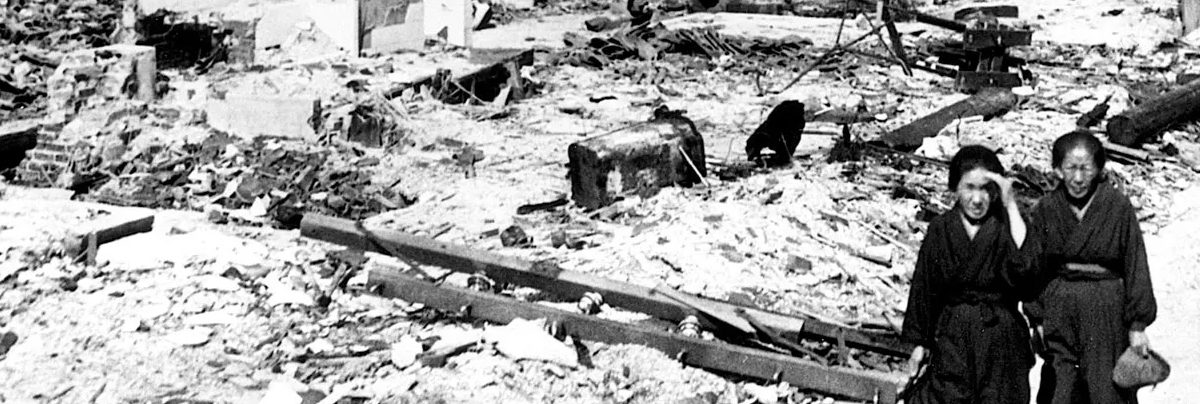The detonation of the atomic bomb “Little Boy” over Hiroshima on August 6, 1945, marked a tragic, transformative moment in human history. As we retrospectively analyze this event from a technical risk management perspective, numerous valuable lessons emerge. This article aims to explore these insights and elucidate their relevance in today’s context.
- Understanding the Full Extent of Consequences: The immediate and long-term effects of the Hiroshima bombing were catastrophic and much more severe than anticipated. From a technical risk management perspective, this underlines the importance of understanding the full scope and scale of potential consequences of our decisions, especially when dealing with new, untested technology.
- Risk Assessment and Ethical Considerations: The bombing demonstrated that technical decisions could not be divorced from their ethical implications. Risk management must include an ethical risk assessment, evaluating potential harm to individuals, societies, and the environment. This ensures that the pursuit of technological advancement does not overlook humanitarian principles.
- Communication and Transparency: In the aftermath of the bombing, there was much confusion due to lack of information about the radiation effects. This highlights the importance of transparent communication in risk management. Clear, timely communication can help manage expectations, improve responses, and reduce anxiety during a crisis.
- Emergency Preparedness and Response: The bombing’s aftermath underscores the need for robust emergency preparedness and response plans. Effective risk management requires strategies to minimize damage and ensure quick recovery in the event of a disaster. This involves having clear, tested plans, adequate resources, trained personnel, and systems for effective coordination and communication.
- Long-term Impact Assessment: The long-term health and environmental effects of the bombing remind us that risk assessment must consider both immediate and long-term impacts. It emphasizes the need for thorough post-event evaluations to understand all consequences fully, inform future risk mitigation strategies, and provide care and support for those affected.
- Risk Mitigation Policies and Regulations: The bombing led to the creation of international agreements and regulations to control nuclear proliferation. This underscores the need for policies and regulations in managing risks, especially those that can have widespread or global impacts. Robust regulation is vital to ensuring that potential hazards are identified, understood, and appropriately controlled.
- Risk Education and Awareness: The event underscores the importance of risk education and awareness. Providing relevant stakeholders with knowledge about potential risks and their management can significantly aid in prevention, preparedness, and response. Several organisations around the world are embedding risk intelligence across all functions by investing in Enterprise Risk Management (ERM) education through IRM’s global ERM qualifications and examinations.
- Continuous Research and Learning: The incident spurred increased research into radiation effects, leading to better protection and treatment strategies. This demonstrates the importance of continuous learning and research in risk management. The knowledge gained can be used to refine risk assessment models, develop better mitigation strategies, and design more effective response plans.
Conclusion
While the Hiroshima bombing was a tragedy of unprecedented scale, the lessons learned from it provide invaluable insights into technical risk management. They serve as a reminder that managing risk is not merely a technical exercise, but a deeply human one that requires a comprehensive understanding of potential impacts, clear communication, robust preparedness and response plans, effective regulations, continuous learning, and above all, an unwavering commitment to preserving human life and dignity.














